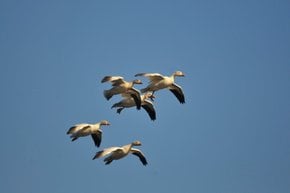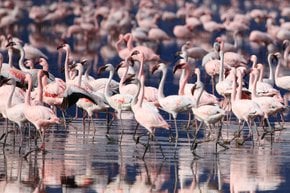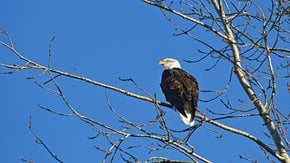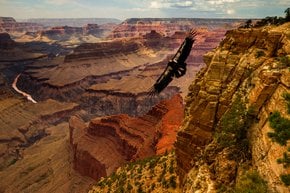Macaw Clay Lick in Machu Picchu and Cusco 2025-2026
A colorful army comes to eat the minerals
Best time: August–March
The period from August till March is the time when hundreds and hundreds of different kinds of parrots, including colorful cute Macaws, gather on a clay bank to eat the mineral that helps their digestion. It is a truly spectacular scene, that any traveler regardless the age or origin will enjoy!
Practical info
External resources
Find hotels and airbnbs near Macaw Clay Lick (Map)
Last updated:
Authors: Eleonora Provozin









































































